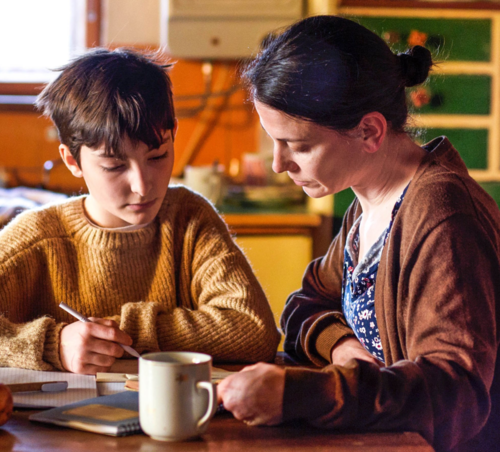Nowhere to go - The benefits of providing long term social housing to women that have experienced domestic and family violence
Summary
Equity Economics was commissioned by the Everybody’s Home campaign to assess the need for additional social housing for women escaping family and domestic violence, and the economic and social benefits of addressing that need.
Family and domestic violence is the primary reason women and children seek specialist homelessness services, but only 3.2% are currently receiving the long-term housing solutions they need.
Based on pre-pandemic incidence of domestic and family violence each year Equity Economics modelling shows that approximately:
7,690 women a year are returning to perpetrators due to having no-where affordable to live;
9,120 women a year are becoming homeless after leaving their homes due to domestic and family violence and being unable to secure long-term housing.
Findings
Our report finds there is an immediate need for an additional 16,810 social housing units to provide women somewhere to go when their only option is to leave their homes due to domestic and family violence.
Equity Economics analysis shows that the provision of 16,810 social housing units would:
Cost up to $7.6 billion, with costs to Government potentially lower through the use of community housing providers and other innovative financing models;
Deliver immediate economic benefits of $15.3 billion and create 47,000 jobs across the economy;
Would avoid $122.5 million in a year in costs due to women returning to a violent partner;
Would avoid $257 million a year in costs due to women experiencing homelessness after leaving their homes due to family and domestic violence.
The report also details the impact of the lack of social housing through the story of Vicky, a survivor of family and domestic violence.
Note: The data in this report has been revised. Please see the latest findings below.
Read the latest findings (2024)
Read the full report (2021)



